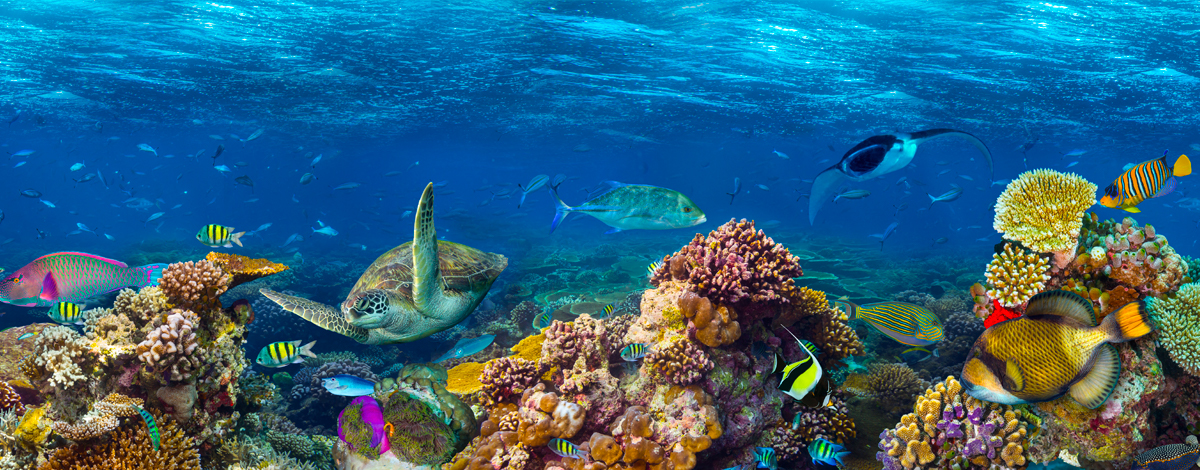Almost exactly one year ago, the Governor of Hawaii signed a bill banning the sale and distribution of sunscreens that contained oxybenzone and octinoxate. Why? Eighty percent of chemical sunscreens use oxybenzone as an active chemical filter to absorb UV rays, but the Haereticus Environmental Laboratory published a study that links these chemicals to the destruction of coral reefs. In a move to protect the natural ocean life in Hawaii, Gov. David Ige signed SB 2571, Act 104 to be implemented in January 2021.
Some of the links in this article are affiliate links. We take our recommendations very seriously, and we may receive a small commission from certain sales (without any extra cost to you). This helps us continue to create free, high-quality content to serve you better.
How are these sunscreens impacting coral reefs? What is coral bleaching? Ocean algae and coral reefs have a delicate symbiotic relationship, but this fragile ecosystem is rocked when the coral gets shocked by slowly-warming ocean temperatures, aggressive storms, or chemicals such as oxybenzone and octinoxate. When they’re stressed, coral polyps expel the algae out of the coral skeleton. Without the symbiotic algae called zooxanthellae, which gives the coral 90% of its energy, the coral is vulnerable and stripped of its major source of food.
The white, faded appearance left behind doesn’t always mean the death of the reefs, but recovery is difficult as they’re more susceptible to disease. If the stress factors are reduced and they do begin to recover, it can take a decade to fully heal.
Not only is protecting coral life important in its own right, but it has a huge impact on marine life in general. Coral reefs house 1/4 of marine life and the whole system slowly unravels as reef fish lose their homes and source of food. Some fish, like the butterflyfish, are altering their behavior as a result of the coral bleaching events. Without the algae on coral reefs, the fish are becoming more lethargic because they aren’t eating enough to sustain their natural behaviors.
How can you help prevent coral bleaching? One easy step is by switching out your sunscreen. Make sure you’re avoiding ingredients like oxybenzone and octinoxate.
Unfortunately, the issue of coral bleaching goes far beyond sunscreen ingredients. The steadily-increasing water temperatures are contributing to mass coral bleaching, rooted in global warming.
Making sustainable changes in your lifestyle is important, and there are many small ways to reduce your carbon footprint and make your travel more eco-friendly. Ocean temperatures won’t change overnight, and coral reefs worldwide won’t be protected in one sweep, but with a concentrated effort, we can preserve the ecosystem of the ocean.
To help you get started with your sunscreen swap, here are a few reef-safe options for you to replace your sunscreens.





